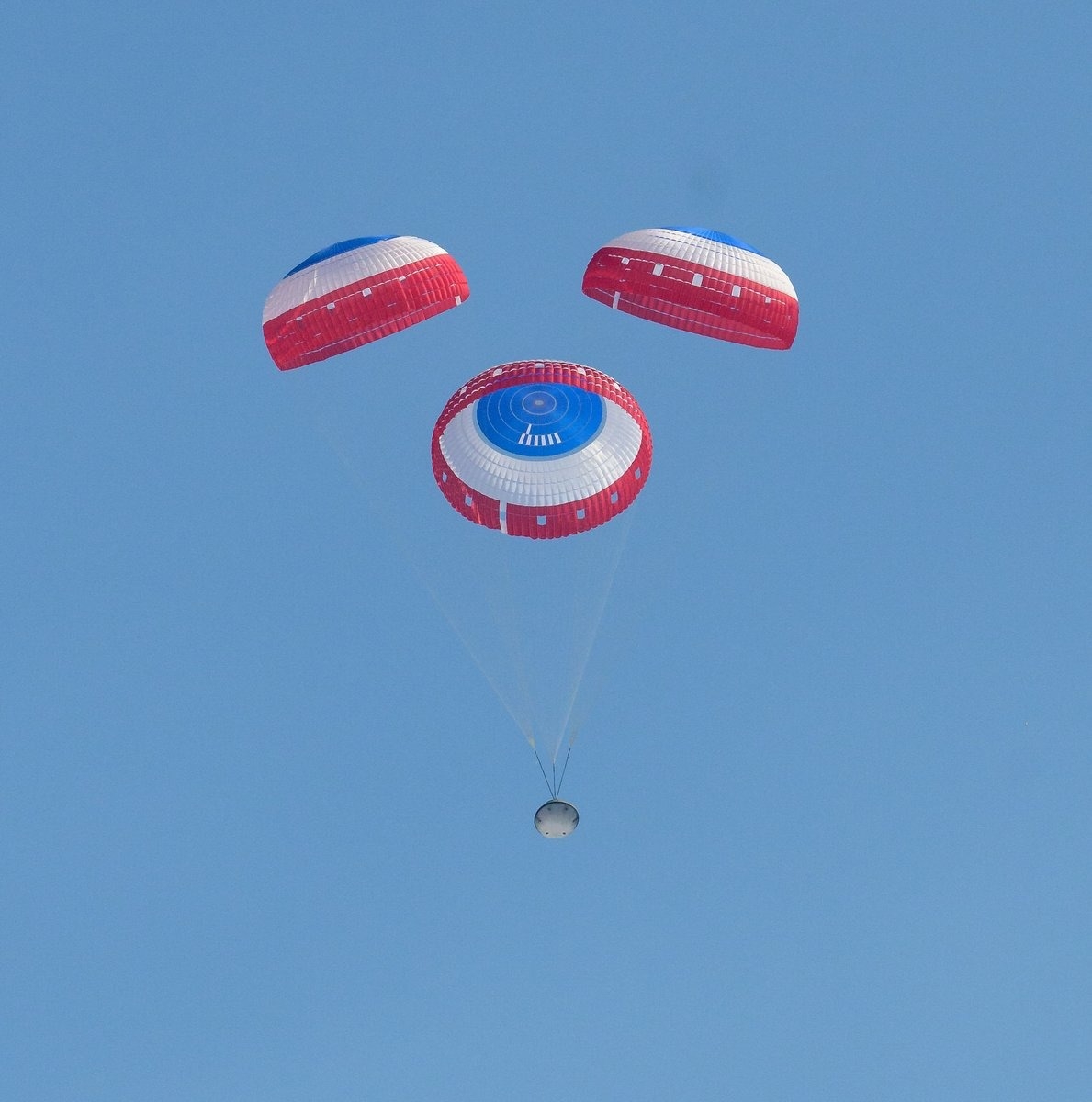The Fun of Egg Drop Experiments
Egg drop experiments have long been a favorite among budding young scientists. These experiments challenge children to create a protective contraption that will prevent an egg from cracking when dropped from a height. By incorporating parachutes into these experiments, we add an extra dimension of excitement and learning. So, let's dive into the world of egg drop ideas with parachutes and discover the fascinating science behind them!
Understanding the Science Behind Parachutes
Before we jump into the egg drop ideas, it's essential to understand the science behind parachutes. Parachutes work based on air resistance, also known as drag. When a parachute is deployed, it catches the air, creating a force that opposes the downward pull of gravity. This opposing force slows down the descent of the parachute and anything attached to it, such as an egg. The larger the surface area of the parachute, the greater the air resistance, resulting in a slower descent and softer landing.
Idea 1: The Classic Parachute Design

The classic parachute design is an excellent starting point for any egg drop experiment. To create a classic parachute, you will need a square piece of lightweight fabric, four strings of equal length, and a small container to hold the egg. Attach each corner of the fabric to a string, and then secure the strings to the container. When the parachute is dropped, the fabric catches the air, providing a gentle landing for the egg. We loved this design from All Science Fair Projects.
Tip: Ultra-light materials like trash bags can be useful for their looseness, weight, and their ability to catch air in their many folds.
Interested in exploring more awesome scientific experiments that you can conduct with eggs? Check out our Eggsperiments crate from the KiwiCo Store!
Idea 2: Multi-Parachute

Adding multiple canopies to the parachute can increase its stability and slow down the descent even further. This egg drop idea is the same concept that NASA uses in order to slow the descent of astronauts and components returning from space! Experiment with different sizes and configurations to find the optimal design for a successful landing.
Tip: To cushion a landing, try adding a protective structure around the egg!
Idea 3: Origami Parachute
Origami parachutes explore the awesome art of folding paper, with a splash of engineering and a dash of aerodynamics.
To get started, grab a square piece of lightweight paper, fold it diagonally both ways to make a cross shape. Then, fold the corners towards the center, unfold the flaps, and fold them again to make long rectangles. Last, take those top corners and fold them down to the bottom corner, creating a snazzy trapezoid shape.
Attach some strings to the corners, making sure everything is secure. And voila! Your origami parachute is ready for action. Drop it from a height, and watch as it gracefully catches the air, slowing down the egg's descent for a soft landing.
Get creative with different colors and patterns, adding your personal touch to make it extra snazzy. Just remember to give it a test run before the big egg drop event. We loved this example from Crafts & Art!
Idea 4: Glider Parachute
The glider parachute combines the principles of parachutes and gliders, resulting in a controlled and extended descent. Attach a small glider structure to the strings of the parachute, ensuring it is balanced and aligned. As the parachute descends, the glider glides through the air, providing a longer duration for the descent and a gentle landing for the egg!
Idea 5: Hot Air Balloon Parachute
So this egg drop idea is pretty close to cheating. The hot air balloon parachute mimics the concept of a hot air balloon in a smaller scale. Create a balloon shape using lightweight (non-flammable) material, leaving an opening at the bottom. Attach a candle and suspend the egg beneath the candle. As the parachute descends, the hot air trapped inside the balloon slows down the fall, ensuring a safe landing for the egg. You may need to add some additional weight to prevent the hot air balloon from zooming off into the sky!
Idea 6: Helium Balloon
For a simpler (and safer) variation of this idea, attach a helium balloon to your egg and see how that slows the descent! At KiwiCo, our product designers tried this tactic from a super high height!
Have a Safe Landing!
Egg drop experiments with parachutes offer a fantastic way to engage children in hands-on science exploration. By incorporating various parachute designs, children can learn about the principles of air resistance, gravity, and engineering while having fun. Encourage your child to experiment with different materials, shapes, and sizes to discover which design offers the best protection for the fragile egg. Happy experimenting!
FAQs
Q1: Can I reuse the same parachute for multiple drops?
Yes, most parachute designs can be reused for multiple drops as long as they remain intact. Check the parachute for any damage after each drop and make necessary repairs if needed.
Q2: Can I use materials other than fabric for the parachutes?
Absolutely! While fabric is commonly used for parachutes, you can experiment with other lightweight materials such as plastic, paper, or even natural materials like leaves or feathers.
Q3: What should I do if my egg cracks despite using a parachute?
If your egg cracks, don't get discouraged. It's all part of the learning process. Analyze the design and make adjustments to improve the parachute's effectiveness. Experimentation and iteration are key.
Q4: How high should I drop the parachute with the egg?
Start with a reasonable height, such as a few feet, and gradually increase it as you gain confidence in the parachute design. Remember to ensure a safe landing area and adult supervision throughout the experiment.
Q5: Can I decorate my parachute?
Absolutely! Decorating your parachute adds a creative touch to the experiment. Use non-toxic paints, markers, or stickers to personalize your parachute and make it uniquely yours.
